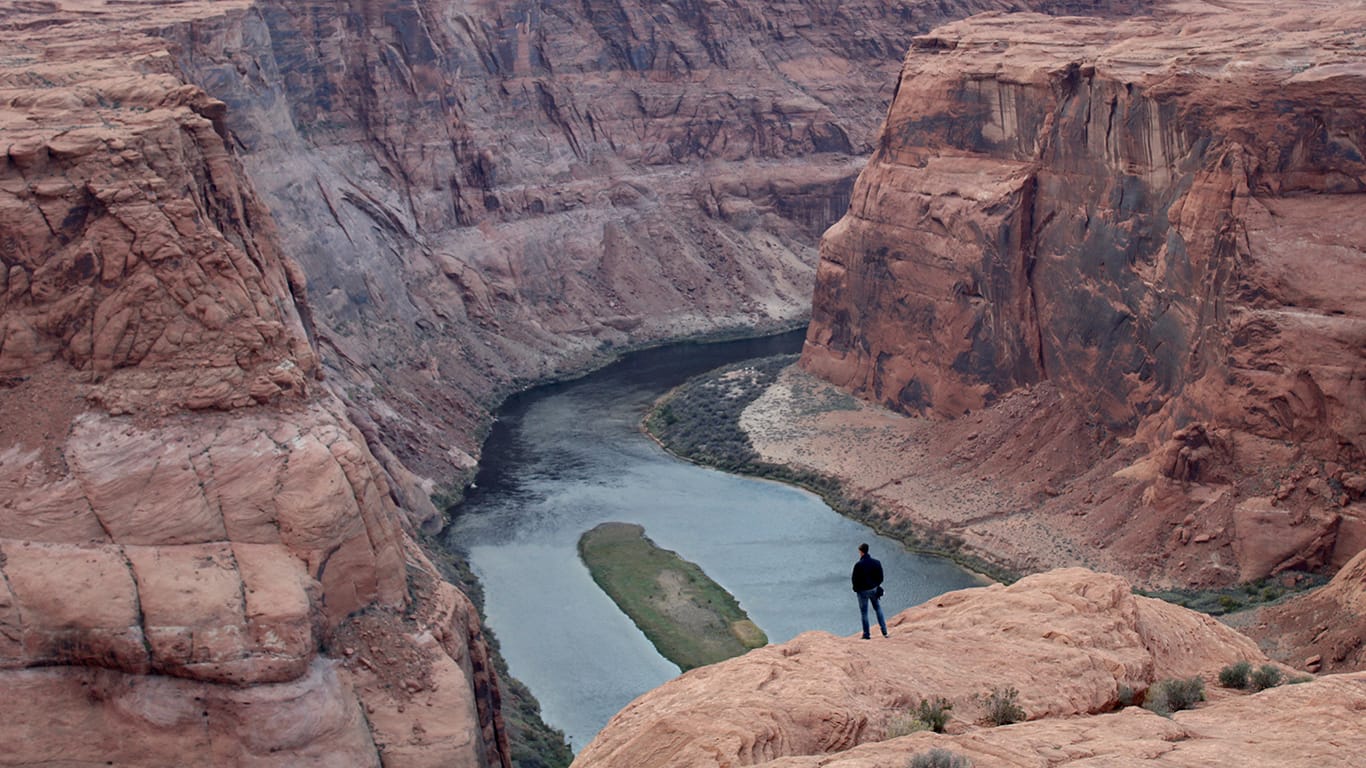Arizona, much like California and other states with large deserts, is having an issue with dwindling Colorado River water levels.
With so many people living in and moving to Arizona, specifically the Phoenix area, state and local agencies are working toward water solutions, including expanding the Bartlett Dam and adding new infrastructure.
MORE NEWS: Ranking Arizona: Top 10 pool builders for 2024
The Central Arizona Project is a 336-mile aqueduct system that begins on the California-Arizona border, at Lake Havasu, and ends south of Tucson. CAP brings Colorado River water into Arizona and runs it through more than a dozen pumping plants that carry the water throughout the system.
CAP delivers clean water to about 6 million people, 80% of the state’s population, according to its website. It draws from four primary sources of water: the Colorado River, in-state rivers, groundwater and reclaimed water.
“People in and around Arizona say there is a shortage because there is less water in the Colorado River than there was when it first was allocated due to drought and climate change,” said DeEtte Person, a CAP spokesperson.
Experts are saying that the Arizona water issue is not as drastic as people think, and Phoenix says it has “the water it needs – but none to waste,” according to the city’s website.
“Phoenix’s water supply is in very good shape,” the site goes on to say. “Even though Phoenix remains in a regional period of climatic drought that began in 2000, our water supply is not dependent on annual precipitation events. Our water supply originates as snow pack far north and east of the Valley that melts and flows into vast reservoirs that store it for delivery during low-flow years.”
Cynthia Campbell, water resources management adviser for Phoenix, said water shortage and management has been an issue for decades. The city has strategically managed its water portfolio for over 50 years.
The city is working on a Drought Pipeline Project that would ensure those in north Phoenix have clean water through new infrastructure.
“Also the city is working on water purification,” Campbell said. “Phoenix is looking to turn wastewater into another drinking water resource.”
Last year, the Arizona Department of Environmental Quality released a proposed roadmap outlining plans to convert treated wastewater into purified drinking water.
“Advanced water purification has the potential to provide a reliable source of purified water that can alleviate water scarcity issues faced in much of Arizona,” Randall Matas, deputy director of the water quality division at ADEQ, told Cronkite News last year. “The additional source of sustainable healthy drinking water will really support Arizona’s growing population and economy.”
Campbell said expanding the Bartlett Dam on the Verde River, northeast of Phoenix could offer another solution. According to the Salt River Project, which manages the dam, the expansion is needed to restore lost capacity and add to the water supply. The Bartlett Dam had to release some water last year when the dam reached capacity.
The Bartlett Dam expansion proposal could alleviate the Colorado River shortage.
The Colorado River is a major source of water for seven states in the river basin: Wyoming, Colorado, Utah, New Mexico, Nevada, Arizona and California. According to the Arizona Department of Water Resources, most of the water used by Arizonans – about 36% – is from the Colorado River.
Guidelines that are in place are set to expire in 2026, and the Lower Basin States – Arizona, California and Nevada – submitted a proposal in March to the U.S. Bureau of Reclamation for a longer-term solution that involves reductions of water usage from Lake Mead and Lake Powell, according to a news release from the states’ water-management agencies. Upper Basin states have submitted their own plan, which would allow them to hold on to more of the water they currently have to send downstream every year.
Editor’s note: Kate Duffy contributed to this story.




